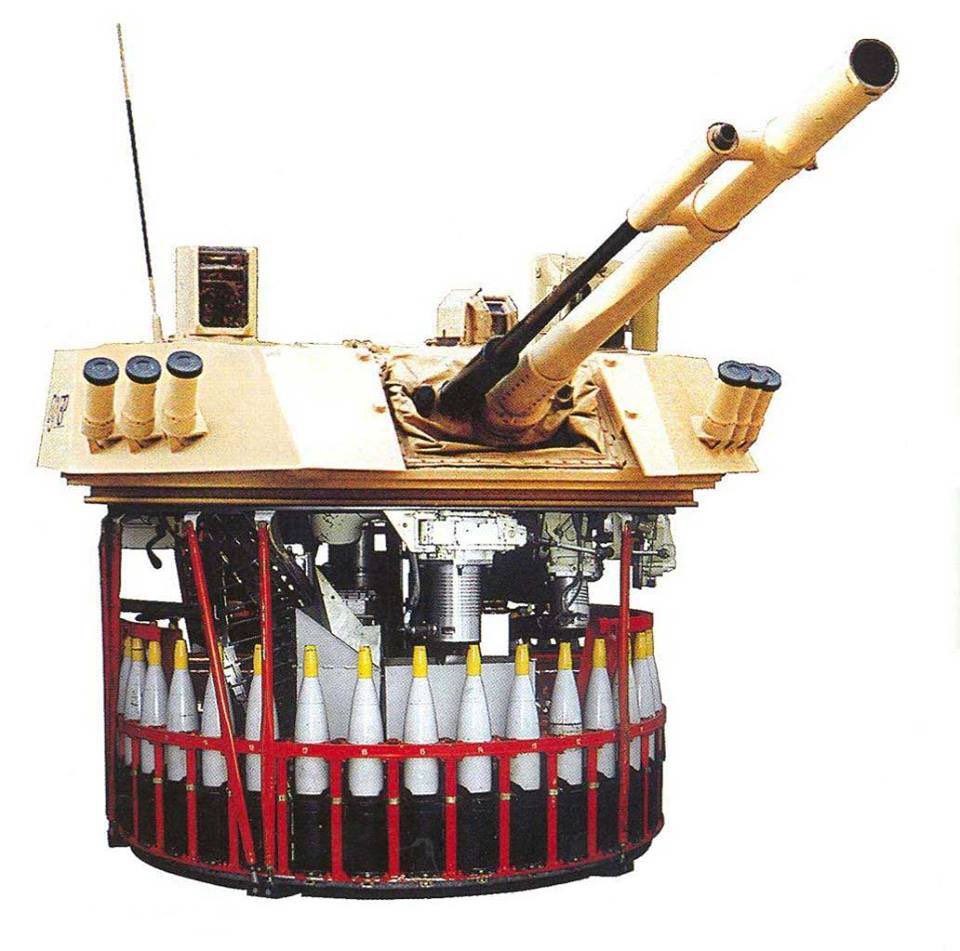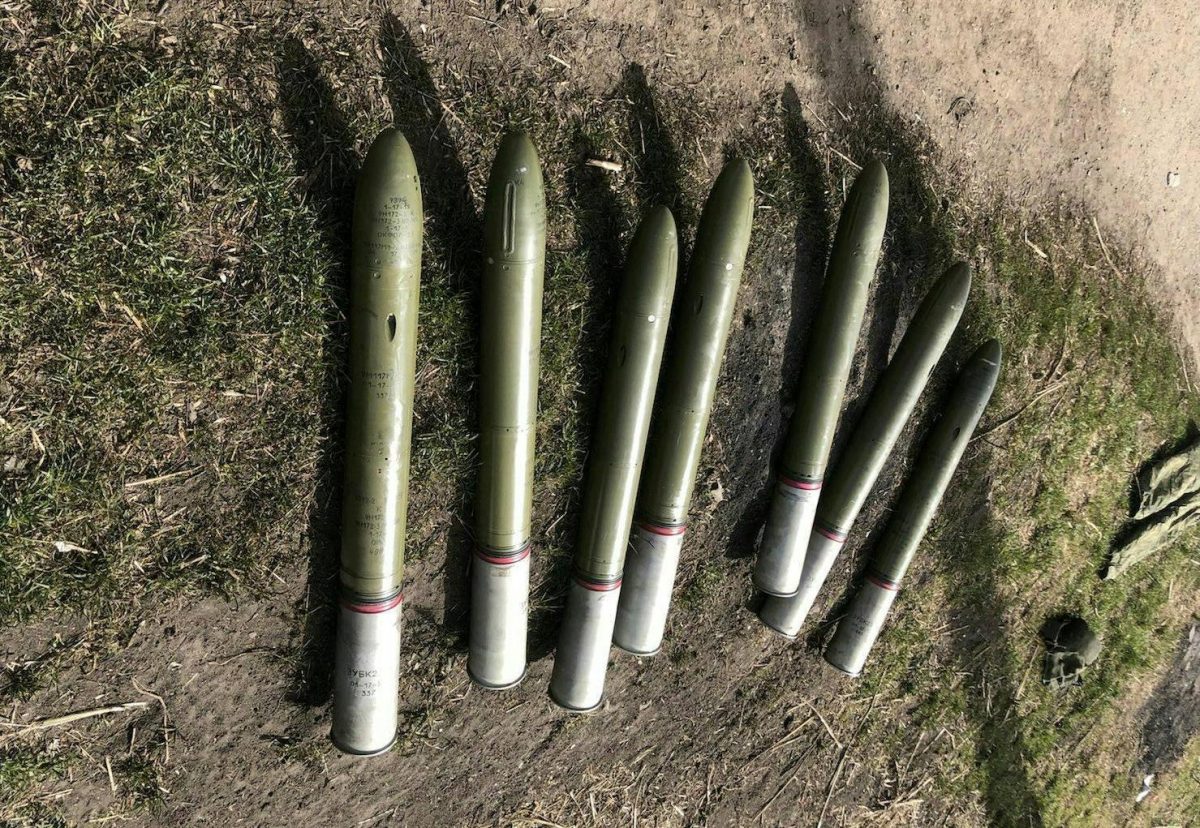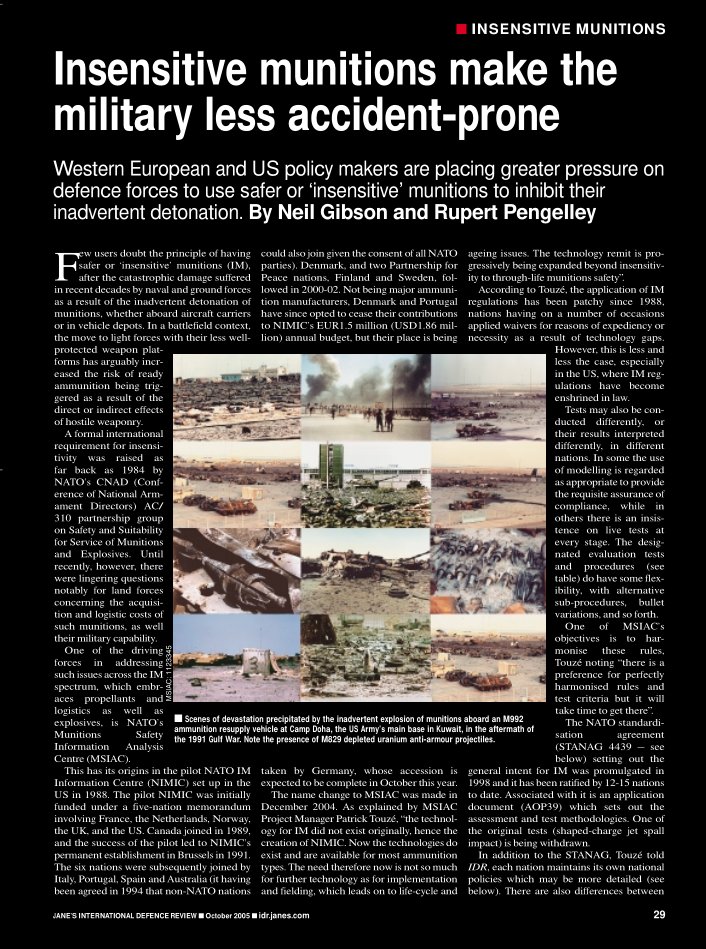
A little context on & a few examples of, Russian Federation BMP-3 & BDM-4 series IFVs' catastrophic disruptions. This due to full or partial ‘en masse’ detonation of their 100 mm 2A70 gun’s non-insensitive munitions (IM) compliant munitions
https://twitter.com/UAWeapons/status/1630607586490761219
Failure of these IFV families is down to three main factors; a lack of adequate armour protection; the non-IM explosive fills used in their 100 mm munitions; & the format of their ammunition stowage system (examples attached). Trooper-carried munitions may also be problematic. 



The IFV carry a combination of 9M117-series GL-ATGM & HE-frag rounds, which include the 3UOF17, 3UOF19 & 3UOF26 families. The GL-ATGM are Okfol-3.5 filled, the HE-frag A-IX-2. The fills aren't IM-compliant, nor are their propellants, or their fuze’s boosters. 



Perforation of the armour allows their munitions to be struck. If struck with sufficient impetus, the HE & likely their propellant fills will detonate. The lack of shielding between munitions allows the propagation of detonation by direct contact or fragment strikes.
The result of a full or even partial ‘en masse’ detonation is, as mentioned, catastrophic, with almost certain death for all crew members & carried troopers. Death is via multiple fragment impact & blast effects, the result of which is very little left of the personnel. 

As to the 30 mm 3UOF6 HEI ammunition, this has a low propensity for en masse detonation. Even if en masse detonation occurs the likelihood of catastrophic disruption of the vehicle is next to zero. The frag & blast effects from these rounds in a confined space is however lethal. 





Examples, with all but a few thanks to Ukraine Weapons Tracker (@UAWeapons), as are follows. Firstly a good view inside an intact BMD-4M from the 30th April 2022, showing the problems due to its ammo stowage.
https://twitter.com/UAWeapons/status/1520427996737327109
The first rather catastrophic example is from the IAA Forum (forum.cartridgecollectors.org). Internal fragment strikes from what are likely its HE-frag projectile rounds are present on most internals surfaces. 







12th March 2022
https://twitter.com/AbraxasSpa/status/1502672848829259779
13th March 2022
https://twitter.com/UAWeapons/status/1503059604640612360
22nd March 2022
https://twitter.com/UAWeapons/status/1506266194650841094
29th March 2022
https://twitter.com/UAWeapons/status/1508764904844574721
1st April 2022
https://twitter.com/UAWeapons/status/1509884830745518081
5th April 2022
https://twitter.com/UAWeapons/status/1511468260910415878
5th April 2022
https://twitter.com/UAWeapons/status/1511248214669807616
Just a corrective note - as there's still no minor edit function - the 30 mm HEI round is the 3UOF8. not the 3UOF6. I was half asleep & feeling rather rough (a cold) when putting this together & mixed up the designations 3UOR6 HEI-T with the 3UOF8 HEI.
fenix-insight.online/munition/canno…
fenix-insight.online/munition/canno…
In reference to a reply by @millenboy and to give further context, I had to research the historical & scientific data on IM up to the date the article below was published... some +17 years ago as of now. Further free info at the website linked below.
insensitivemunitions.org
insensitivemunitions.org

• • •
Missing some Tweet in this thread? You can try to
force a refresh














